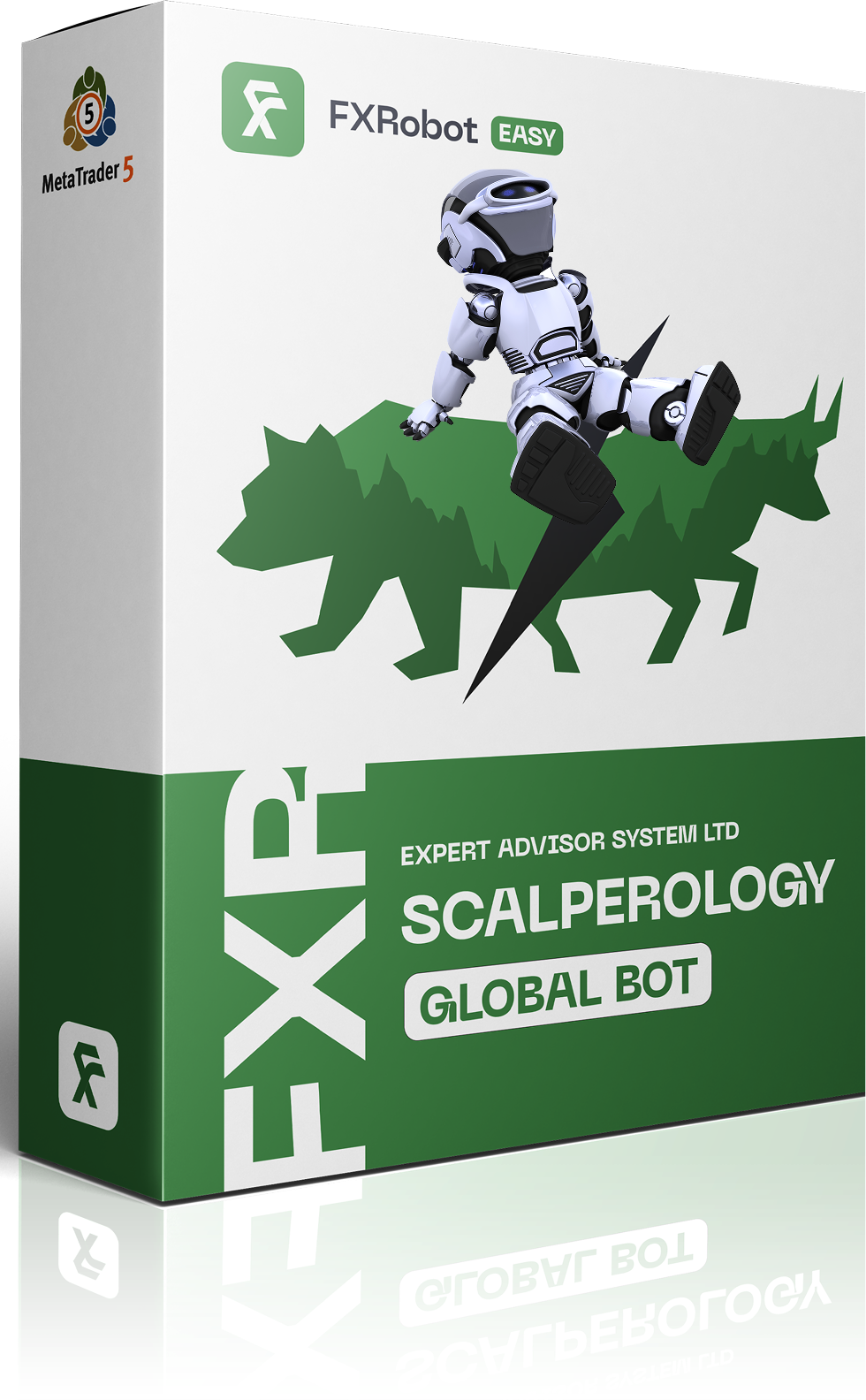At this time, purchasing EASY Bot items is not available to all members. Read more - how to get access to purchase
Momentum Indicators
Find the Right Edition That Fits You



Scalperology Ai MT5



























 Test it Free🚀
Test it Free🚀
Global
Pairs:

 AUD/JPY
AUD/JPY
AUD/JPY
AUD/USD
EUR/AUD
EUR/GBP
EUR/JPY
EUR/NZD
EUR/USD
GBP/USD
NZD/USD
USD/CAD
USD/CHF
USD/JPY
30-Day Profit:
0%
7-Day Profit:
0%
Support:
24х7 via Telegram

Breakopedia Ai MT5

































 Try it Free🍀
Try it Free🍀
Global
Pairs:

 AUD/JPY
AUD/JPY
AUD/JPY
AUD/USD
EUR/AUD
EUR/GBP
EUR/JPY
EUR/NZD
EUR/USD
GBP/USD
NZD/USD
USD/CAD
USD/CHF
USD/JPY

XAU/USD

XAG/USD

XBT/USD
30-Day Profit:
0%
7-Day Profit:
0%
Support:
Developer
What are Momentum Indicators?
Momentum indicators are the secret sauce in a trader's toolkit, helping to gauge the speed and strength of a price movement. These indicators measure the rate of change in prices, providing insights into the underlying strength or weakness of a trend. Let's dive into the fascinating world of momentum indicators and see how they can turbocharge your trading strategy.Types of Momentum Indicators
- Relative Strength Index (RSI): Measures the magnitude of recent price changes to evaluate overbought or oversold conditions.
- Moving Average Convergence Divergence (MACD): Uses moving averages to identify changes in momentum, often visualized with histograms.
- Stochastic Oscillator: Compares a particular closing price to a range of its prices over a certain period, indicating potential reversals.
- Commodity Channel Index (CCI): Identifies cyclical trends in a security by comparing its current price to its average price over a specific period.
How to Use Momentum Indicators
- Identifying Trends: Momentum indicators can help you spot the beginning of a new trend or the end of an existing one. For example, the MACD line crossing above the signal line indicates a bullish trend.
- Confirming Trends: Use momentum indicators to confirm the strength of a trend. If the RSI is above 70, it indicates a strong upward momentum.
- Spotting Divergences: Divergences between price and momentum indicators can signal potential reversals. For instance, if the price is making higher highs but the RSI is making lower highs, a bearish reversal might be on the horizon.
Examples of Momentum Indicators in Action
- Excessive Momentum Indicator: Developed by Young Ho Seo, this indicator detects market anomalies and potential reversal or breakout opportunities. It integrates well with other technical analysis tools like Fibonacci retracement and Elliott Wave patterns.
- MP Squeeze Momentum: This indicator, derived from the TTM Squeeze, measures price compression using Bollinger Bands and Keltner Channels. It identifies periods of low volatility (squeeze) and potential breakouts (squeeze release).
- SmartMass Indicator: This tool categorizes momentum based on amplitude, width, and price effect, providing a numerical value to each momentum event. It helps traders understand the balance between volume and price, aiding in better decision-making.
Benefits of Using Momentum Indicators
- Early Signal Detection: Momentum indicators can provide early signals of potential price movements, allowing traders to enter or exit positions at optimal times.
- Trend Confirmation: These indicators help confirm the strength and direction of a trend, reducing the risk of false signals.
- Divergence Analysis: By identifying divergences between price and momentum, traders can anticipate potential reversals and adjust their strategies accordingly.
Limitations of Momentum Indicators
- Lagging Nature: Momentum indicators often lag behind price movements, which can result in delayed signals.
- False Signals: In volatile markets, momentum indicators can generate false signals, leading to potential losses.
- Over-Reliance: Relying solely on momentum indicators without considering other factors can lead to poor trading decisions.
Combining Momentum Indicators with Other Tools
- Volume Analysis: Combine momentum indicators with volume analysis to confirm the strength of a price movement.
- Price Patterns: Use momentum indicators alongside price patterns like head and shoulders or double tops/bottoms for more accurate predictions.
- Support and Resistance Levels: Integrate momentum indicators with support and resistance levels to identify potential entry and exit points.